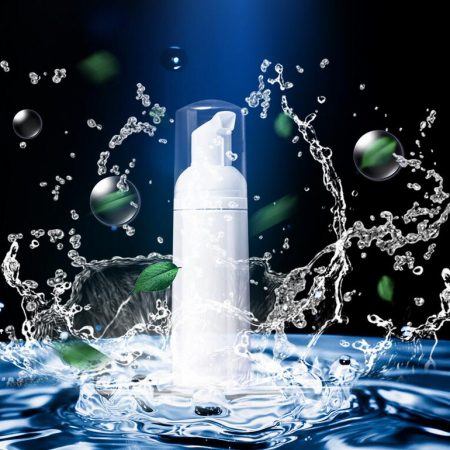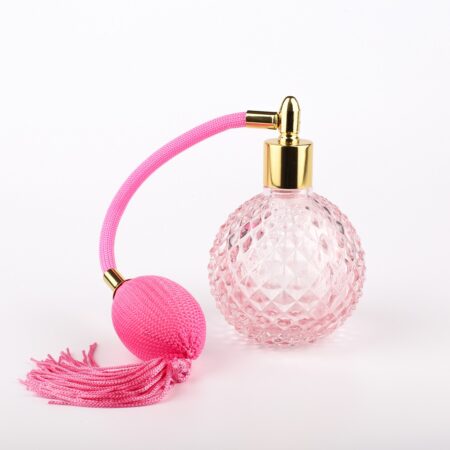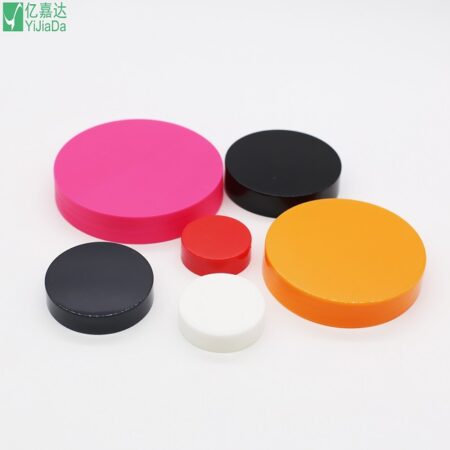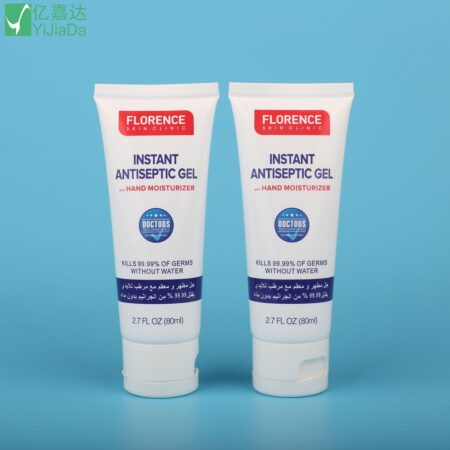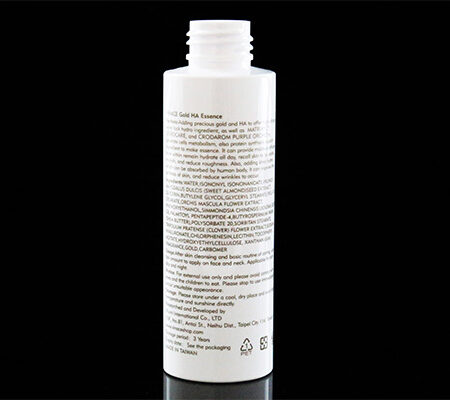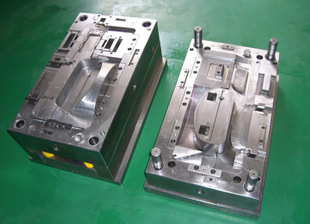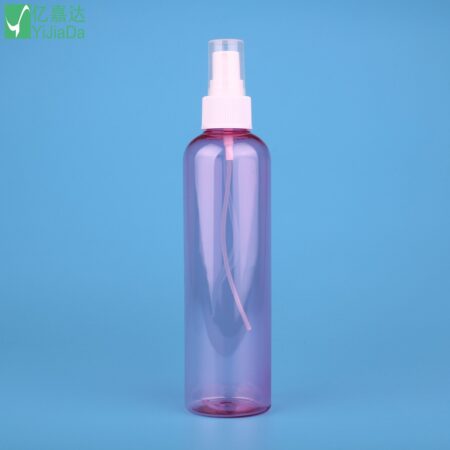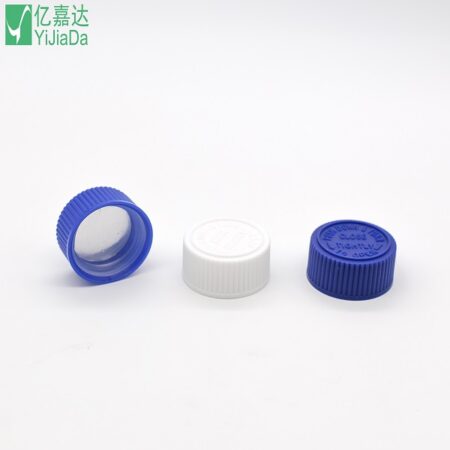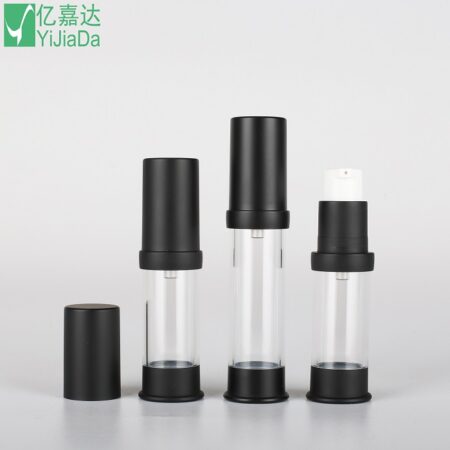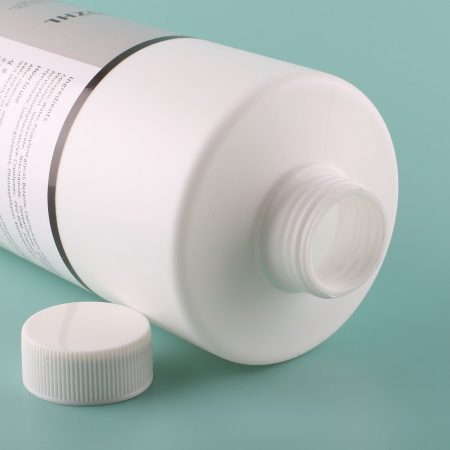Why can a foam bottle pump out foam?
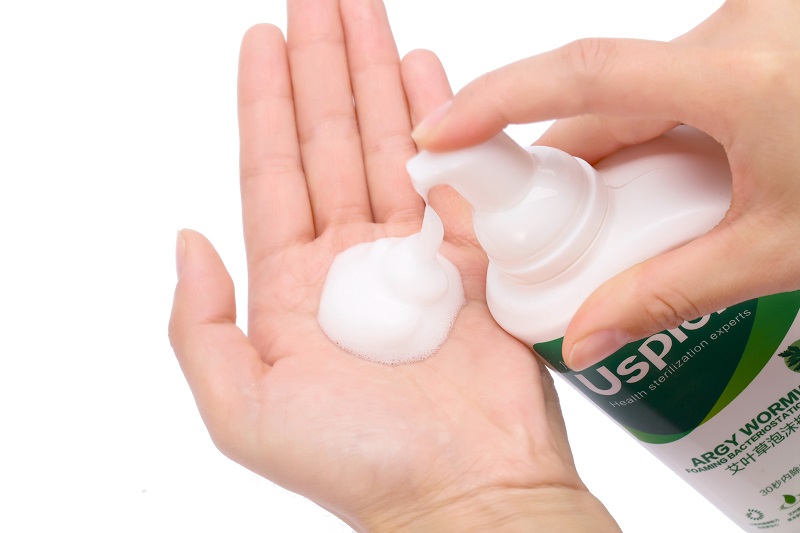 The principle of the foaming bottle
The principle of the foaming bottle
Foam pump bottles are quite magical gadgets; simply pour in the liquid, add some water, give it a shake, and it produces rich foam. But what’s the principle behind it?
The foam bottle consists of four parts: 1) the cap, 2) the bottle body, 3) the dip tube and air pressure chamber, and 4) the pump nozzle. The dip tube and air pressure chamber are screwed onto the bottle body, and can be unscrewed in a counterclockwise direction. The pump nozzle is attached to the air pressure chamber with a snap-fit and can be removed by pulling it upwards. When in use, simply pressing down on the nozzle allows the liquid soap at the bottom of the bottle to be drawn up to the nozzle due to air pressure.
Why use a foam bottle?
Many people often overlook the importance of foaming when using facial cleansers. Typically, they either apply the cleanser directly to the face or don’t wait for it to foam up completely before application, which can decrease the cleansing efficacy and, when the cleanser comes in direct contact with the skin, the high concentration of the non-foamed product can over-stimulate and burden the skin. If not rinsed off thoroughly, it may leave residue on the skin surface.
Features of foaming pump bottles
The main body comprises two parts: an air pump and a liquid pump. The liquid is thoroughly mixed with air inside the pump body before being dispensed. The spray quantity is stable, the operation is simple, and it’s unaffected by consumer usage, ensuring high-quality foam is produced.
Several advantages of foam pump bottles
- Firstly, they require no propellant fillings, thus avoiding environmental pollution and the risk of flammability, with low sealing and filling equipment costs, and they are reusable, endearing them to personal care brands in recent years.
- Secondly, most push-type foam pump liquid formulations are water-based, which promotes the value of non-volatile organic compounds (VOCs).
- Thirdly, they can be used with various container shapes, including squares, triangles, ovals, etc. Additionally, there is no pressure inside the container before use, and the material requirements for the containers are significant, with common foam bottle materials being PET and HDPE.
PET Material Characteristics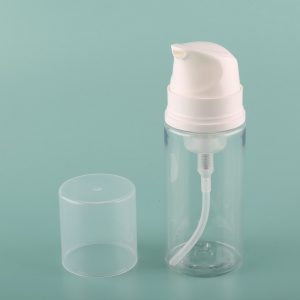
- Transparency: PET material has good transparency, allowing consumers to see the product color and remaining quantity inside the bottle, enhancing user experience.
- UV resistance: The new generation of PE material can effectively block UV rays, protecting the care products inside the bottle from light exposure and extending the product’s shelf life.
- Temperature resistance: PET remains stable over a wide temperature range, suitable for storing care products under different conditions, whether stored in a hot bathroom or in refrigerated storage.
- Harmlessness: PET is a safe packaging material, free of harmful substances, meeting food-grade safety standards, suitable for direct contact with skin care products.
- Recyclability: PET material is recyclable, aligning with current environmental trends, reducing the environmental burden.
HDPE Material Characteristics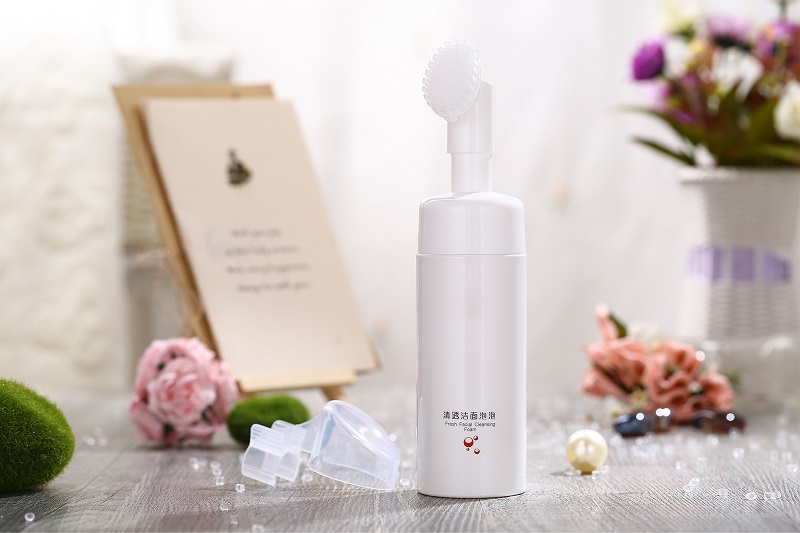
- Chemical resistance: HDPE has excellent resistance to most acids, alkalis, organic solvents, etc., suitable for loading various chemically natured care products, ensuring product safety and stability.
- Wear resistance: HDPE has high strength and good toughness, maintaining the integrity of the bottle even under frequent use or poor transport conditions, preventing leakage.
- Flexibility: The material is flexible, not easily broken under pressure, suitable for making pump-pressured bottles.
- Adaptability: HDPE can be processed into different shapes and sizes of bottles, adapting to the packaging needs of different products.
Application of foam pump bottles
Foam bottles play a significant role in daily care and personal hygiene. These bottles are especially suitable for filling various liquid products, such as facial cleansers, hand soaps, shampoos, and shower gels. They convert the liquid into fine, delicate foam through the foam pump head, making the use process more convenient, saving consumption, and adding fun. Additionally, foam bottles are commonly used for hair styling waters and setting sprays, providing fine, even foam, helping to distribute the product evenly, achieving the desired care or styling effect. They not only ensure the economical and efficient use of the product but also reduce product waste through their foamy form, also providing users with a clean, hygienic experience.


